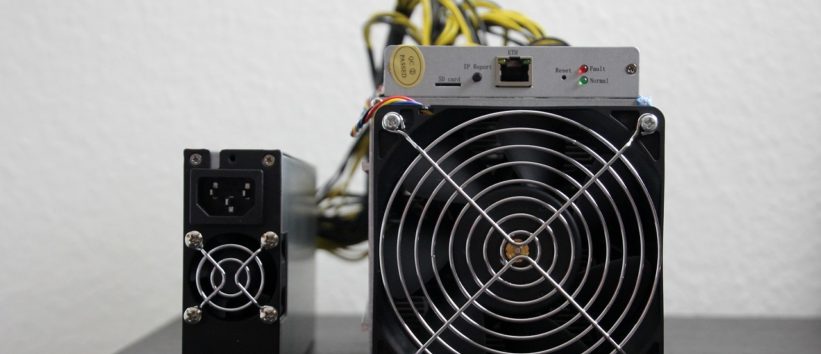Everything You Need To Know About Crypto Mining and Altcoins
by Trading 101 Tem 16, 2019

Everything You Need To Know About Crypto Mining and Altcoins
Bitcoin is the father of cryptocurrency. It’s the original, so to speak, the first currency to use blockchain technology to make the concept possible. As anyone with some Trading 101 knowhow would have kept their eye on rapid developments such as bitcoin, now it’s time to pay attention to what comes in the wake of bitcoin: altcoin (alternative coin), the cryptocurrencies that use the same technology but have different principles governing them.
The first lesson in Trading 101 is to understand how to research, so let’s break down everything you need to know about the cryptocurrencies that aren’t bitcoin as well as what it means to mine them in 2018.
The World of Crypto
There are over 1,300 different forms of cryptocurrency in the diverse world of crypto at the time of writing. Some popular ones whose names you might have encountered in the wake of the bitcoin hype are Dash, Ripple, Ethereum and Litecoin just to name a few popular ones. One important thing to understand is that cryptocurrencies are not like regular stock market transactions. They’re defining value in different ways and have different purposes in comparison to regular currency. It’s rather difficult to even purchase them at the time of writing.
Cryptocurrencies are traded on exchanges similar to regular commodities. However, plenty of exchanges aren’t accepting new accounts due to the recent influx in demand for people to trade bitcoins and altcoins. Additionally, most exchanges are charging significant transaction fees to sustain themselves and turn over their own profits, making day to day cryptocurrency trading significantly more difficult than trading traditional markets.
Mining Cryptocurrencies.
The other big difference in cryptocurrencies is how they’re made. You’ll often hear that bitcoin and altcoin are mined. Mining in this context refers to using computing power (commonly using video gaming equipment) to generate new coins. To mine bitcoin, a computer has to solve a complex mathematical equation, the same level of complexity required to maintain the blockchain in the first place.
By dedicating computing power to help manage the blockchain, miners are rewarded in the form of new coins. Mining is not a simple process and has generally been something only the technically adept have bothered to undertake. An interesting thing to note for potential investors is that there’s a high demand for people to mine currency, but the barrier of entry is rather steep for your average enthusiast. Some companies are taking advantage of this by providing those without the technical expertise an opportunity to mine their own altcoins.
It’s companies like these that might make cryptocurrency reach the mainstream beyond just bitcoin and are therefore worth researching and keeping an eye on.
To Mine or Not?
Mining altcoin has become rather straightforward once the technical limitations have been addressed. You need to decide which altcoin you want to mine in the first place. Next is to pick the package to subscribe to for mining – these packages can result in different speeds for mining. Lastly comes the destination to send your newly mined coins to. There are several options for storing bitcoin in online and physical, offline wallets. Online wallets are very similar to bank accounts. Offline wallets are too, but instead of being stored online, they’re normally placed on an external hard drive or similar device.
Most altcoins have a predetermined maximum amount that can be in circulation at any time, but the rate at which they’re mined is predictable. Bitcoin, for instance, has already passed 80% of the total amount that can be in circulation. Once the limit is reached, experts predict that its price will spike upwards again.
